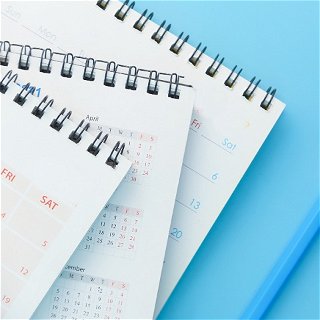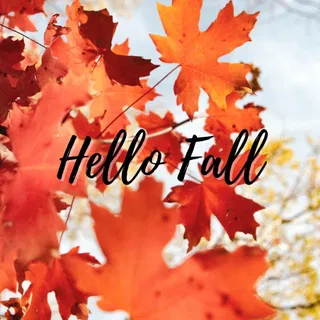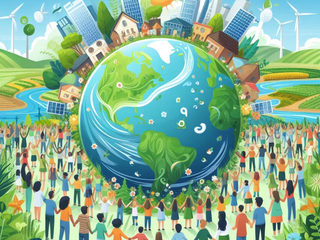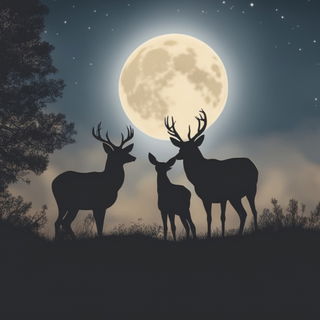A Supermoon happens during a full moon or new moon, when the moon is at the point in its orbit that is closest to Earth, which is known as perigee.
Because of its proximity to Earth, a full Supermoon appears bigger and 16% brighter than a regular full moon. However, a new Supermoon usually doesn't garner that much attention because it is not visible from the surface of the earth.
When is the next full Supermoon in 2025
October 7. Mark your calendar and keep your eyes peeled on these dates to observe this rare occurrence in 2025. There will be a total of three full Supermoons this year and three new supermoons this year.
Full Supermoons in 2025
- October 7.
- November 5.
- December 4.
New Supermoons in 2025
- March 29.
- September 21.
- December 19.
How does a Supermoon happen?
The term “Supermoon” was first used in 1979 by astrologer Richard Nolle, to describe this astronomical phenomenon. However, it is not an official astronomical term. The correct way to refer to a Supermoon is “perigee-syzygy of the Earth-Moon-Sun system”, or the easier term “perigee Full Moon”.
The Moon's orbit around the Earth is elliptical, which means that there are points where it is closer and further away from our planet. When the Moon is furthest from the Earth it is in apogee, about 253,000 miles (ca. 407,164 km) away from the planet. At its closest point, the moon is in perigee, roughly 226,000 miles (ca. 363,712 km) from Earth.
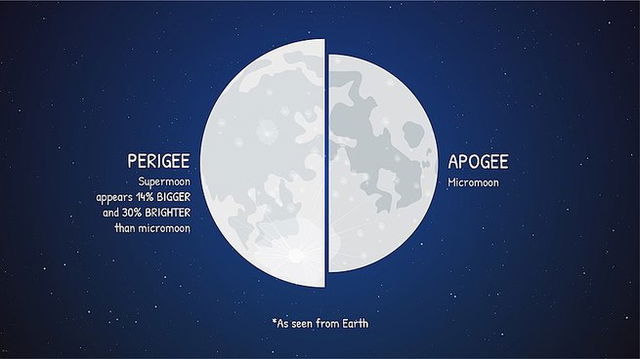
One moon cycle lasts for about 29.5 days, and the moon reaches its apogee and perigee once a month. The Supermoon happens when the New or Full Moon phase coincides with the Moon being in perigee, which is why it only occurs a couple of times a year.
Learn more about the different Moon Phases.
How to observe a Supermoon
The Moon is always best observed when the skies are clear, with no clouds or fog. At the same time, to get a really clear view of the Moon and other stars and planets, stay away from cities and places with artificial lights.
If you really want to see the Supermoon in all its glory, it is best to do it when the Moon is rising or when it is setting. This is because when the Moon is lower and closer to the horizon, it creates something called the Moon Illusion, which makes the Moon appear bigger and brighter than when it is high in the sky.

Interesting Facts About the Supermoon
- The Moon's gravitational pull has a big influence on the sea tides - during a New Moon there are low tides, and Full Moons cause higher tides. When there is a Supermoon, the tides are 5 cm higher than usual, in what is called a perigean spring tide.
- It is very rare that a lunar eclipse happens at the same time as a Supermoon, but when it does, it is known as a “Super Blood Moon”. The nest super blood moon would be on March 14, 2025.
- Read more about Lunar Eclipses and what they are.
- Because the Earth is closer to the Sun during December, Supermoons appear much bigger during the winter.
- Although some people believe that Supermoons are related to natural disasters, this myth has been dismantled by scientists and astronomers.
- In 2016, the Supermoon hit its closest point to the Earth since 1948. It has been estimated that the next time the Moon will be so close to our planet again will be in 2034.
Curious about what Today's Moon is?
